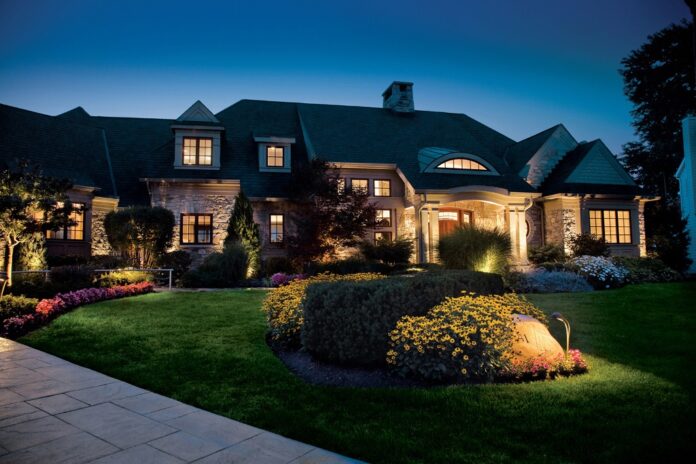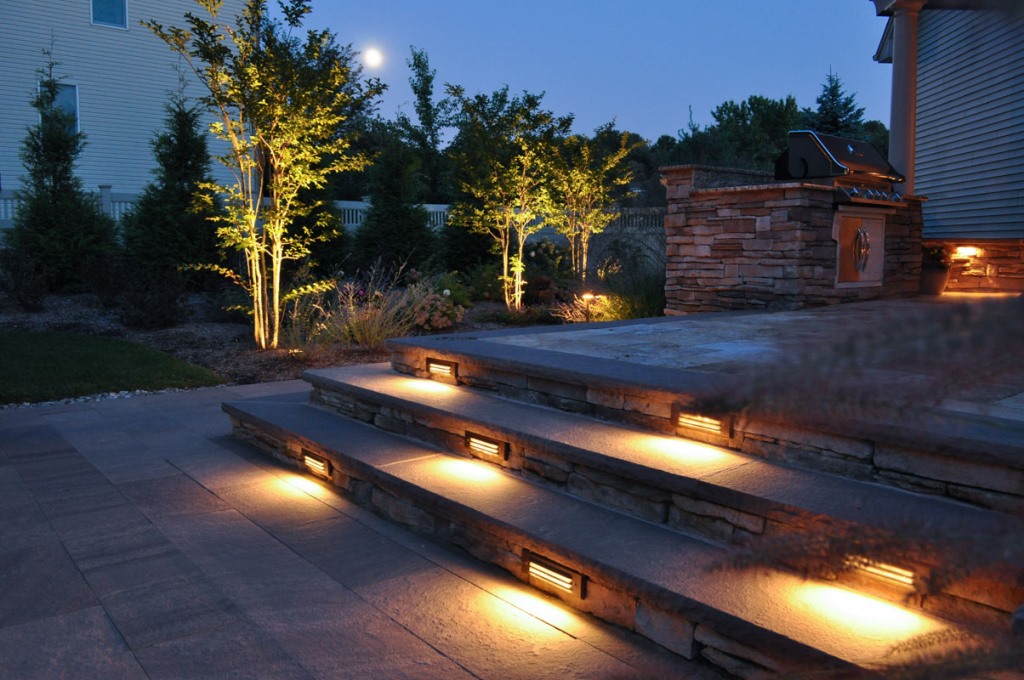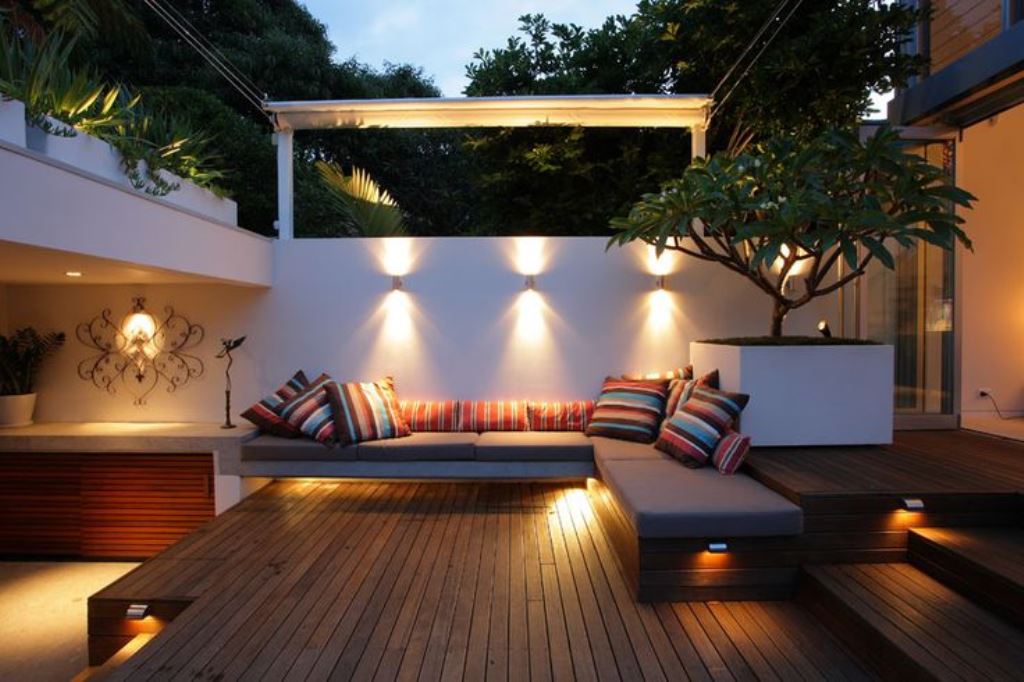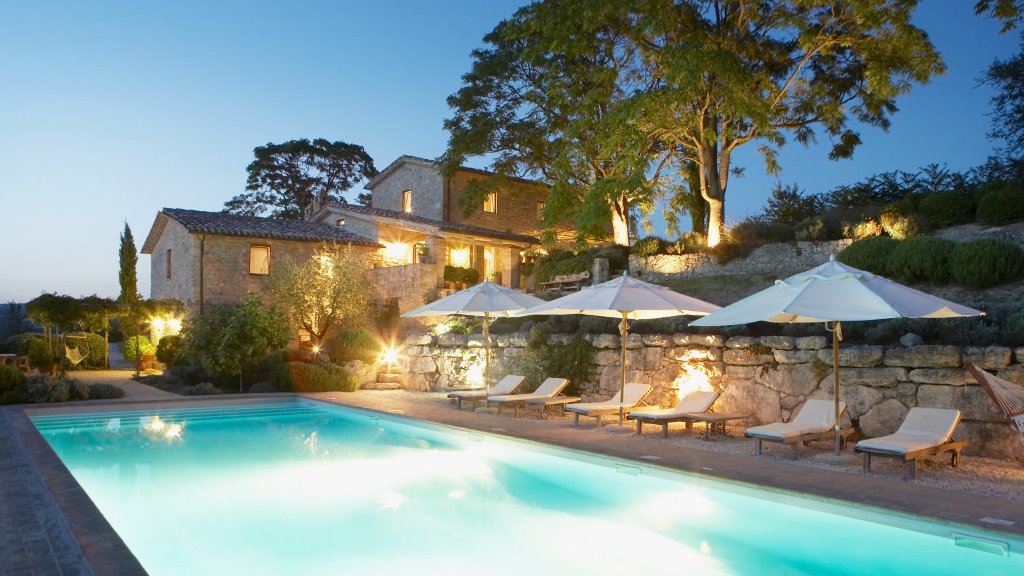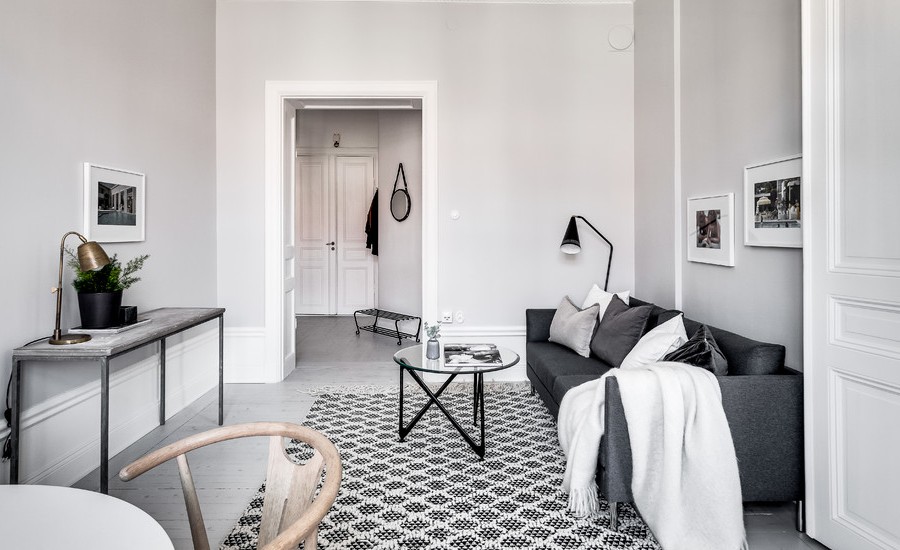The right lighting can significantly improve your yard; a well-lite stoop is a welcoming touch and sitting outside on a warm evening with friends is tough to beat. LED lights can help you do both without increasing your carbon footprint. There are LED lights for porches, patios, walkways, and front doors. LED lights are as versatile as they are functional and affordable. Here, we breakdown some of the questions you should keep in mind before making your LED lighting purchase, make a few suggestions, and explain why LED lights are the smart choice.
There are a variety of LED options on the market, and while many are excellent, some will suit your needs better than others. The wrong light could break or otherwise under preform. If, however, you take your climate and requirements of the light into consideration, you should be able to identify the exact right fit for your needs. There are two main questions you need to ask yourself before making a purchase: where is the light going and what do you expect from your lights?
Where (in the world) is your light going?
First, let us address the light’s location. While the location of the light in your yard is undoubtedly important, as we will discuss later, your yard’s location is equally worth remembering. Where your house is located determines your climate. While many lights are durable in all weather, searching for a few key features will help ensure your purchase works as intended.
If, for example, you live in a rainy area, looking for waterproof lights could save you time in the long run. With rain, whether or not the product is rust-proof is also vital. You don’t want to invest the money and effort of buying and researching a light only to have it change colors on you one season later.
In addition to rain, consider the temperatures in your yard. Some lights are better suited for extreme heats than others. Again, many of the top-rated products will be able to withstand high temperatures but know that this a feature for which you can (and should) look.
What do you expect from your light?
Are you looking to light up an area for long summer evenings, are you trying to brighten a dim path, or do you have a different reason for seeking an LED light? What you are trying to do will influence what type of features you need.
The amount of light you require can help you determine the best LED light for the job. If you want to provide a warm glow and ambiance, some LED string lights might be your best bet. If, however, you want something that will fully illuminate your yard, try looking for bigger floodlights.
How you want to attach your light is another key consideration. While there are many options to illuminate a path, for example, it is up to you to determine if the light should attach to your house or line the walkway. Regardless of what mounting style you pick, the best, yet affordable, options are easy to install. Some are stake you can simply tap into the ground. Others are mounted onto exterior walls. This factor, perhaps more than any other, will help narrow down your options to suit your requirements.
After you figure out what type of installation will best meet your needs, there are other considerations that can help you focus in on the right choice. For instance, how do the lights turn on? If you are trying to light a path, try one of the LED options that offers a motion-sensing feature. Litom outdoor solar floodlights are a good example of a highly reviewed motion-sensing light. This feature is useful as it allows you to use the light without having to stumble over the path for the switch. Motion-sensing can also be help let you know that someone has arrived. There are, however, a variety of other on/off options that can suit other needs. Some LED lights are automatic, so you never have to worry about whether or not you turned them on or off.
For patio and door lights, how the lights turn on might matter less, but battery life could be a concern. Amir outdoor solar string lights are festive for a porch or patio and offer up to 12 hours of illumination. Others tend to be in the 4-6-hour range but might be a bit brighter during that time frame. This, again, relates to our desired level of brightness but is worth considering if two options seem equally suited for your needs (especially if you live somewhere where solar charging is challenging during certain seasons).
Why LED
LED lights are the environmentally and budget-friendly lighting option. LED lights use renewable resources, most often solar power, to recharge. Thanks to this feature, LED lights increase neither your energy bill nor your carbon footprint.
LED lights are also easy to use. They do not require your run wires to-and-fro over your yard. Should you determine that the light is not quite in the right spot, it is simple to detach/pull out whatever light you picked and move it to a more optimal location. Besides cleaning the panels occasionally and verifying that the lights are working at least once a year, LED lights do not require maintenance. This means you get to spend time enjoying their light instead of working to set it up and keep it functional.

